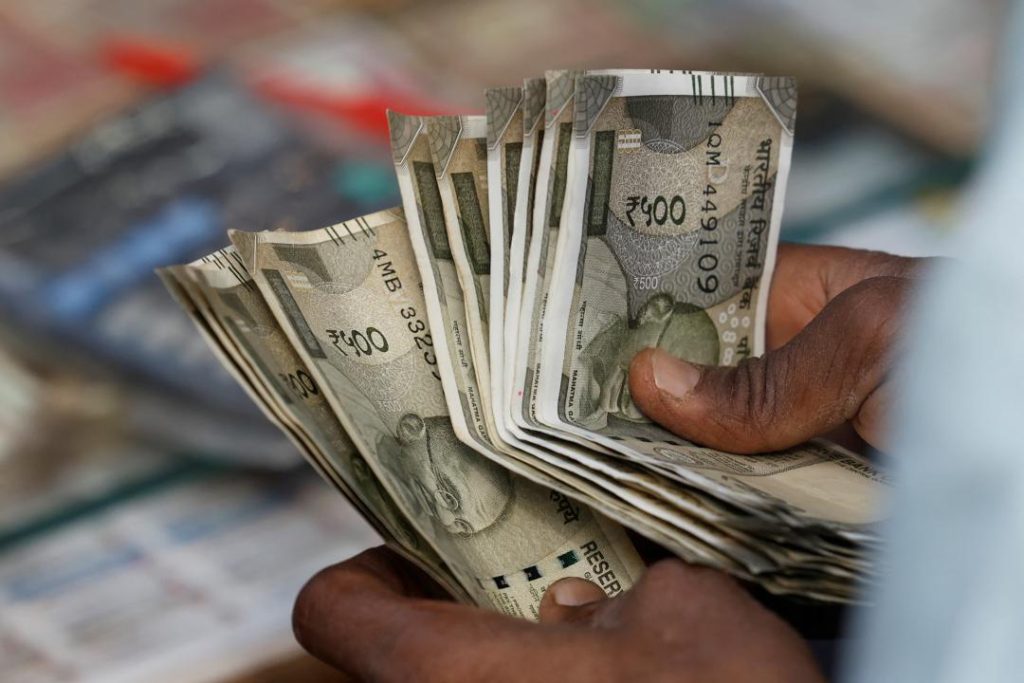
What Got Cheaper & Costlier in March as CPI Falls to 67-Month-Low of 3.34%?
As the Indian economy continues to navigate the complexities of growth, one of the key indicators that often gives policymakers a glimpse into the health of the economy is the Consumer Price Index (CPI). In March, the CPI fell to a 67-month-low of 3.34%, a significant drop from the previous month’s 3.65%. This decline in retail inflation has far-reaching implications for consumers, businesses, and policymakers alike.
But what exactly does this data mean? And what does it say about the prices of various essential goods and services? In this blog post, we’ll take a closer look at the price changes of various commodities in March, and explore what it means for the Indian economy.
Declining Prices: Eggs, Vegetables, and Pulses Take the Lead
According to the data released by the Ministry of Statistics and Programme Implementation, prices of eggs, vegetables, and pulses saw considerable declines in March. Eggs, which are a staple food item for many Indians, saw their prices drop by 4.6% compared to the previous month. Vegetables, which are a key component of many Indian dishes, saw their prices fall by 3.6%, while pulses, which are a vital source of protein, saw their prices decline by 2.4%.
These declines in prices are significant because they affect a large portion of the Indian population, particularly lower-income households who spend a significant proportion of their income on food. The decline in prices of eggs, vegetables, and pulses is likely to provide some relief to these households, allowing them to stretch their budgets further.
Marginal Declines: Spices, Meat, Fish, Housing, Recreation, and Amusement
While eggs, vegetables, and pulses saw significant declines, other commodities like spices, meat, fish, housing, recreation, and amusement saw only marginal declines. Spices, which are a key ingredient in many Indian dishes, saw their prices drop by 0.4%, while meat, fish, and poultry products saw their prices decline by 0.3%. Housing, which is a significant expense for many Indians, saw its prices decline by 0.2%, while recreation and amusement activities like movies, travel, and leisure saw their prices fall by 0.1%.
These marginal declines are important because they suggest that while prices are falling, they are not falling sharply. This could be a sign that the Indian economy is stabilizing, with prices falling gradually rather than sharply.
Sizeable Jump: Fruit Prices
However, not all commodities saw declines in prices. Fruit prices saw a sizeable jump of 3.3% in March, which is likely to be a concern for fruit lovers and consumers. This increase in prices could be due to a variety of factors, including supply chain disruptions, weather-related events, or changes in global prices.
Marginal Rises: Cereals, Milk, Oil, Sugar, Confectionery, Clothing, Snacks, Sweets, Pan, Tobacco, Footwear, Fuel, Health, and Education
Finally, some commodities saw marginal rises in prices in March. Cereals, which are a key component of many Indian diets, saw their prices rise by 0.1%, while milk, oil, sugar, confectionery, clothing, snacks, sweets, pan, tobacco, footwear, fuel, health, and education services saw their prices increase by 0.1-0.3%.
These marginal rises are important because they suggest that while prices are rising, they are not rising sharply. This could be a sign that the Indian economy is stabilizing, with prices rising gradually rather than sharply.
Conclusion
India’s retail inflation falling to a 67-month-low of 3.34% is a significant development that has far-reaching implications for the Indian economy. The decline in prices of eggs, vegetables, and pulses is likely to provide some relief to lower-income households, while the marginal declines in prices of spices, meat, fish, housing, recreation, and amusement suggest that the Indian economy is stabilizing. However, the sizeable jump in fruit prices and the marginal rises in prices of cereals, milk, oil, sugar, confectionery, clothing, snacks, sweets, pan, tobacco, footwear, fuel, health, and education suggest that there are still challenges ahead.
As policymakers and businesses navigate the complexities of the Indian economy, it is essential to keep a close eye on price changes and their implications for consumers and businesses alike. By understanding what is happening to prices, we can better navigate the complexities of the Indian economy and make informed decisions about our investments, consumption, and savings.
Source:






